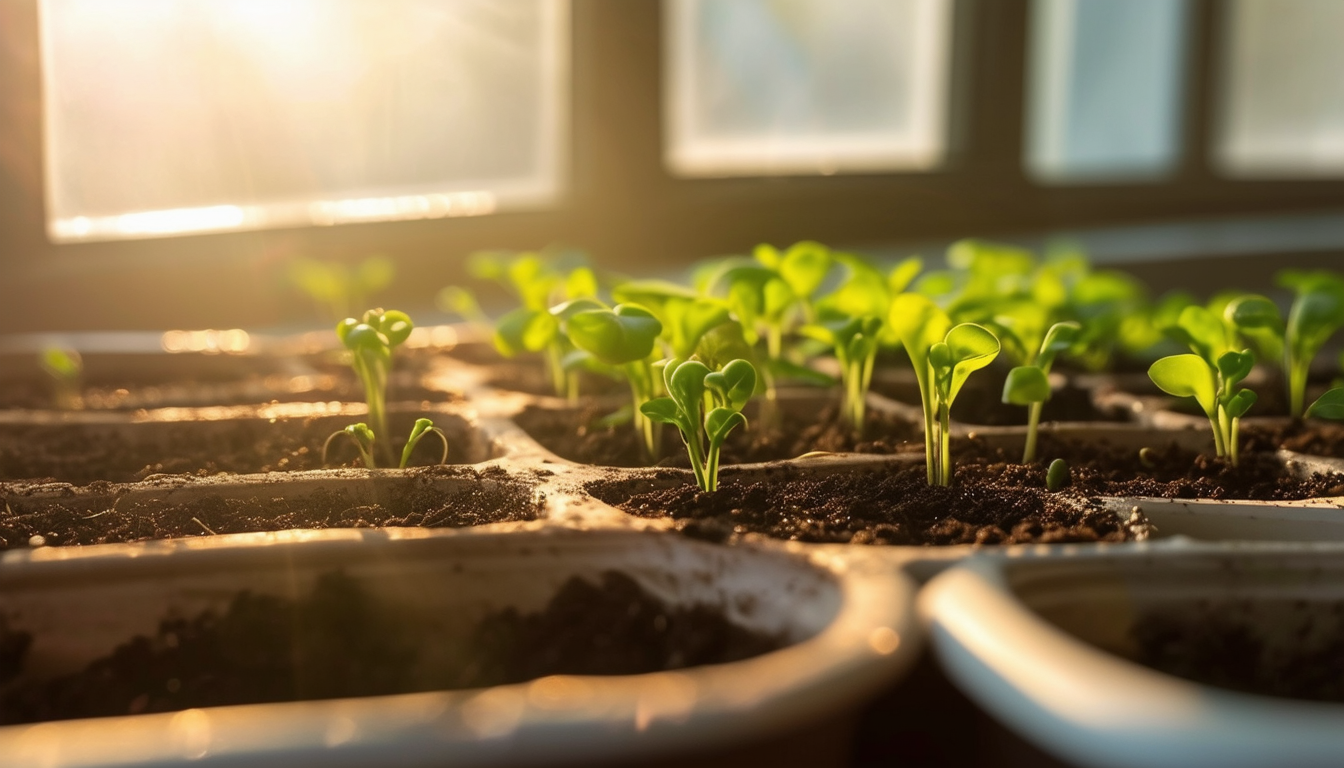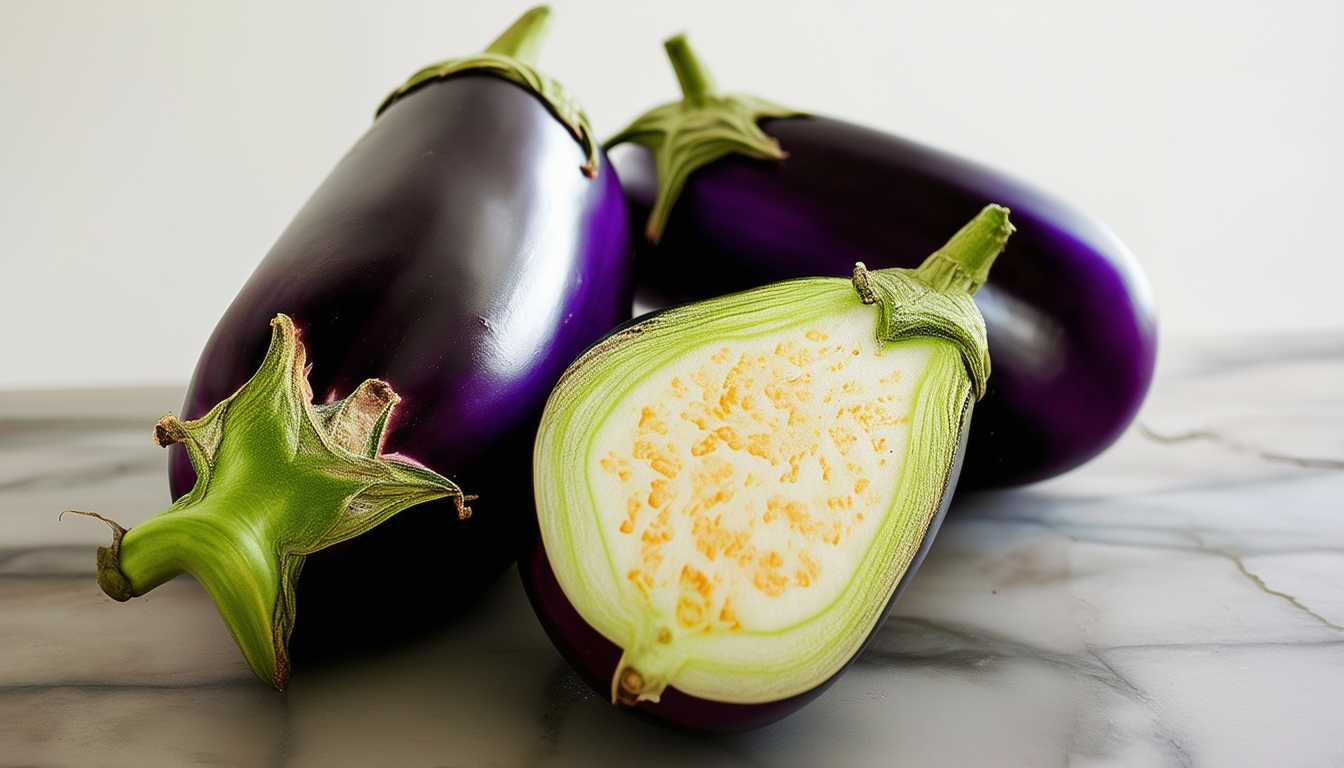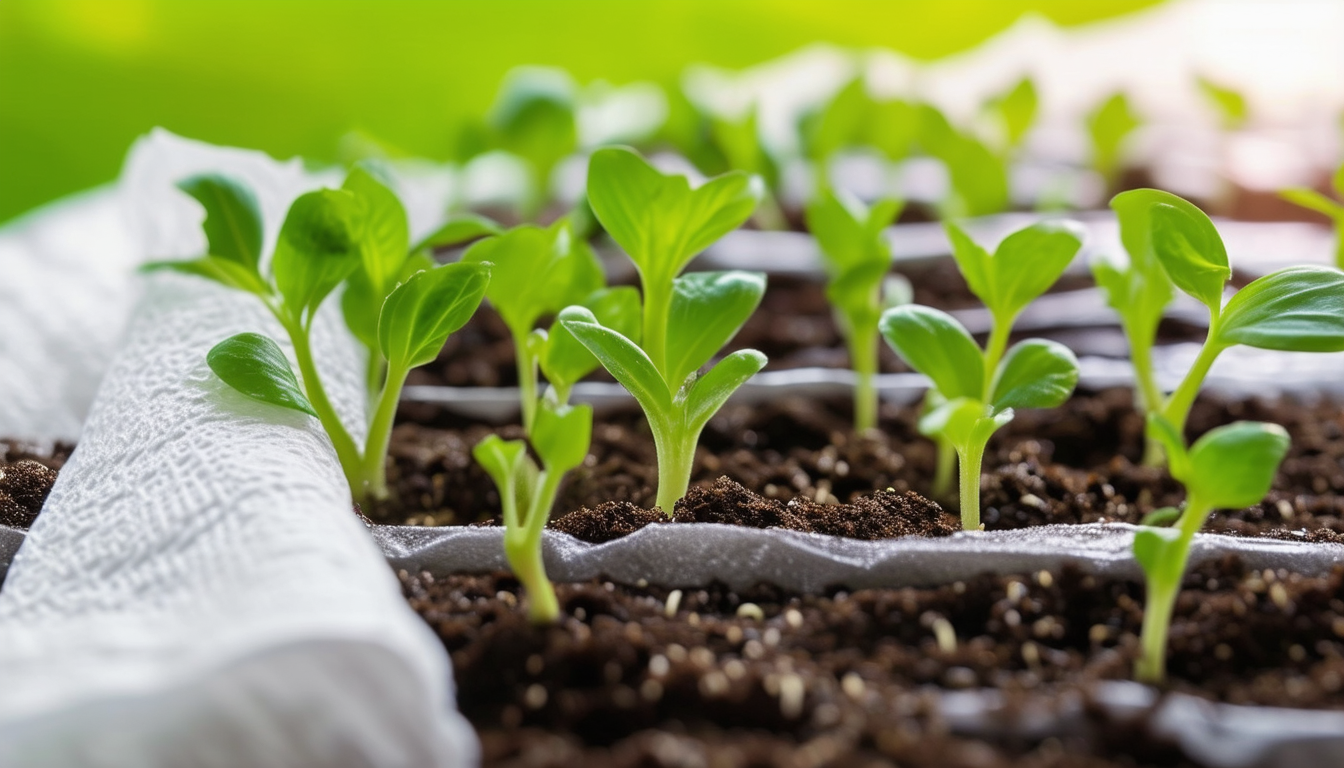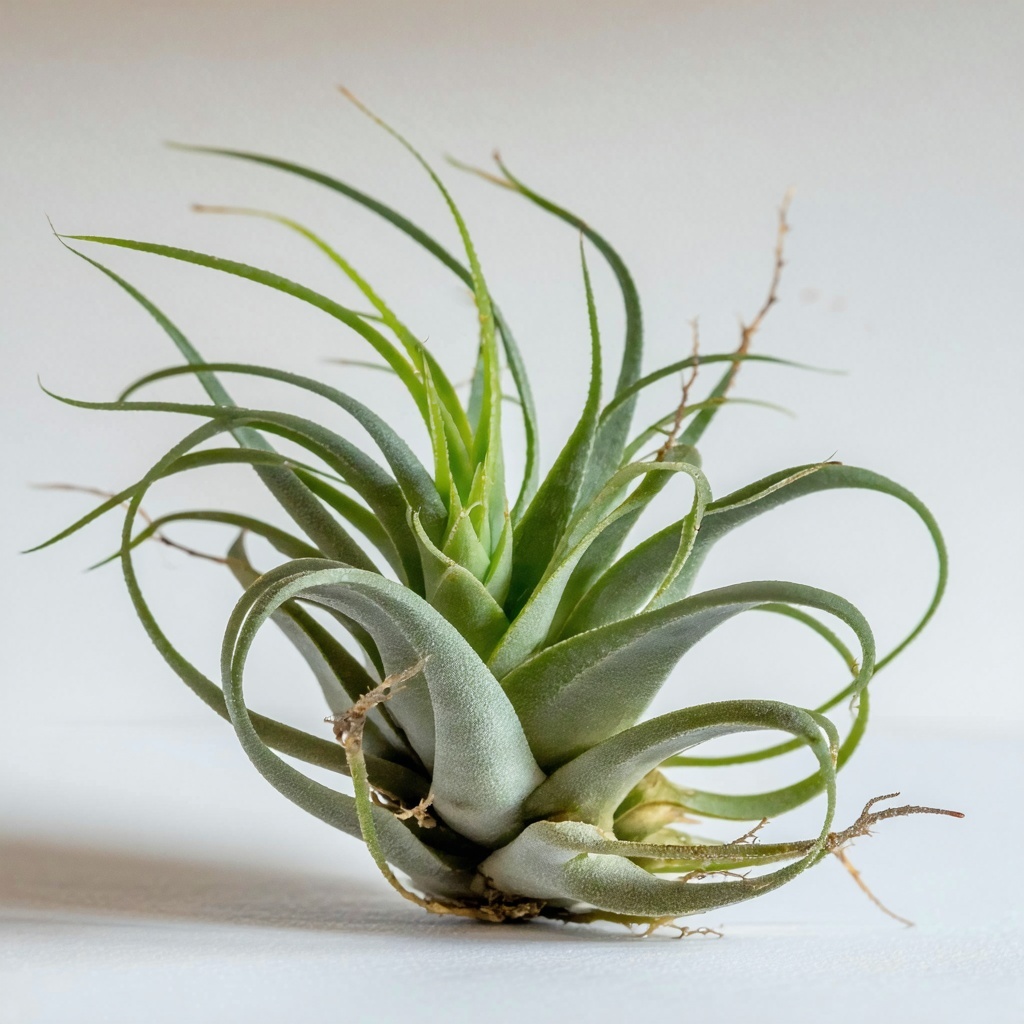
Unlock the secret to a flourishing garden by starting your seeds indoors at the perfect time.
Understanding Your Planting Zone
Knowing your planting zone is crucial for determining the best time to start seeds indoors. Planting zones, also known as hardiness zones, are geographic areas that define the climatic conditions suitable for growing various plant species.
Each zone is characterized by its minimum winter temperature, which helps gardeners understand when to start seeds indoors and when to transplant them outside. The USDA Plant Hardiness Zone Map is a helpful tool for gardeners in the United States to identify their specific planting zone.
When to start your indoor seeds?
The ideal time to start seeds indoors varies depending on the type of plant and your local climate. Generally, seeds should be started indoors 6-8 weeks before the last expected frost date in your area.
For example, if your last frost date is in mid-April, you should start your seeds indoors around late February to early March. It's essential to check the seed packet for specific guidelines, as some plants may require different timing.
Selecting the Right Seeds for Indoor Germination
Not all seeds are suitable for indoor germination. Choose seeds that are known to thrive when started indoors, such as tomatoes, peppers, and herbs. These plants typically benefit from the controlled environment and head start provided by indoor germination.
Additionally, consider the space and lighting conditions available in your home. Some plants may require more light or space than others, so select seeds that match your indoor growing conditions.
Essential Supplies for Indoor Seed Starting
To successfully start seeds indoors, you'll need a few essential supplies: seed trays or containers, seed starting mix, a light source (grow lights or a sunny windowsill), and a watering can or spray bottle.
Seed starting mix is specifically formulated to provide the right balance of nutrients, drainage, and aeration for young seedlings. Grow lights are particularly useful if natural sunlight is limited, ensuring that your seedlings receive adequate light for healthy growth.
5 Step Guide to Starting Seeds Indoors
1. Fill your seed trays or containers with seed starting mix, leaving about a quarter-inch of space at the top.
2. Moisten the soil before planting the seeds according to the depth recommended on the seed packet.
3. Cover the seeds lightly with soil and mist with water to keep the soil moist but not waterlogged.
4. Place the trays in a warm location or use a heat mat to promote germination. Ideal temperatures for most seeds range from 65-75°F (18-24°C).
5. Once the seeds have germinated, move them to a light source or under grow lights. Keep the lights on for 12-16 hours a day and ensure the seedlings receive consistent moisture.
Transplanting Seedlings to Your Garden
Before transplanting seedlings to your garden, it's important to harden them off by gradually exposing them to outdoor conditions. Start by placing the seedlings outside in a shaded area for a few hours each day, gradually increasing the time and sunlight exposure over a week or two.
Transplant the seedlings to your garden after the danger of frost has passed and the soil has warmed. Be sure to water the seedlings well after transplanting and monitor them closely as they adjust to their new environment.
FAQ
What is the best month to start planting seeds?
Generally, March is considered the best month to start planting seeds indoors in most regions of the US, as it allows seedlings to be ready for transplanting after the last frost.Do you need sunlight to start seeds?
While seeds do not require sunlight to germinate, they do need light once they sprout to grow strong and healthy.Can you start seeds indoors without a grow light?
Yes, you can start seeds indoors without a grow light by placing them near a south-facing window to ensure they receive adequate natural light.How often should I water seedlings?
Seedlings should be watered regularly to keep the soil consistently moist but not waterlogged. Typically, this means watering once a day or every other day, depending on humidity and temperature.When to sow seeds indoors in the UK?
In the UK, seeds are often sown indoors from late February to early April, depending on the type of plant and local climate conditions.When to start cucumber seeds indoors?
Cucumber seeds should be started indoors about 3-4 weeks before the last expected frost date, which is typically in April for many regions.What month is the best time to sow seed?
The best month to sow seeds varies by plant type and climate, but generally, March to April is ideal for many vegetables and flowers in temperate regions.



